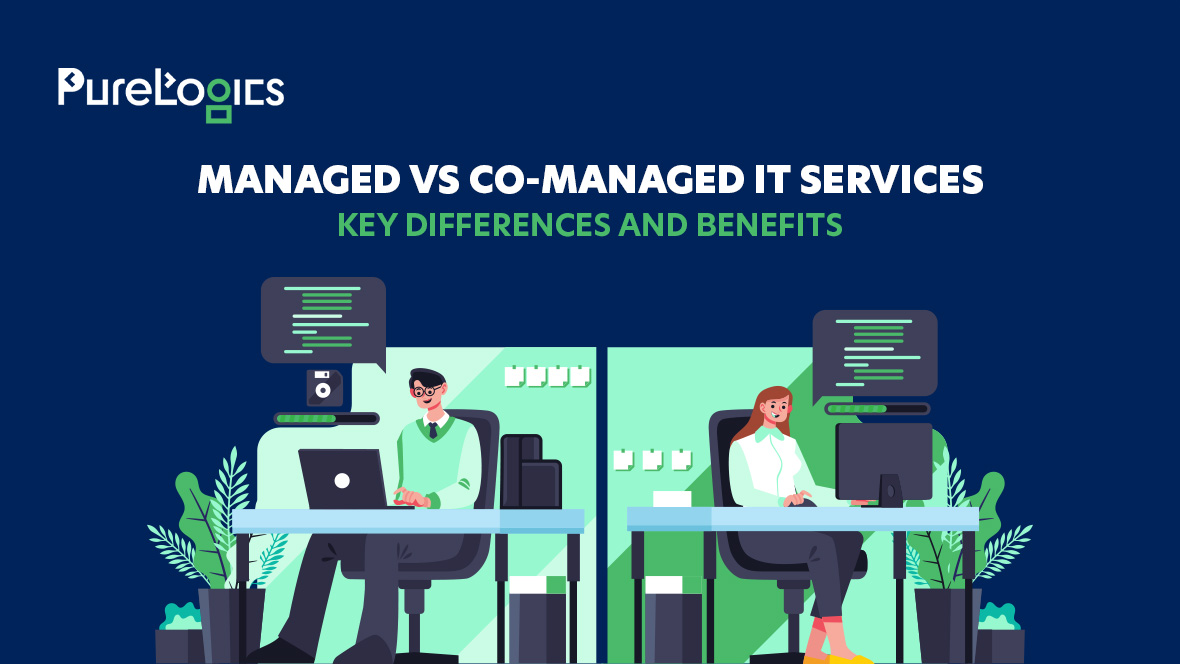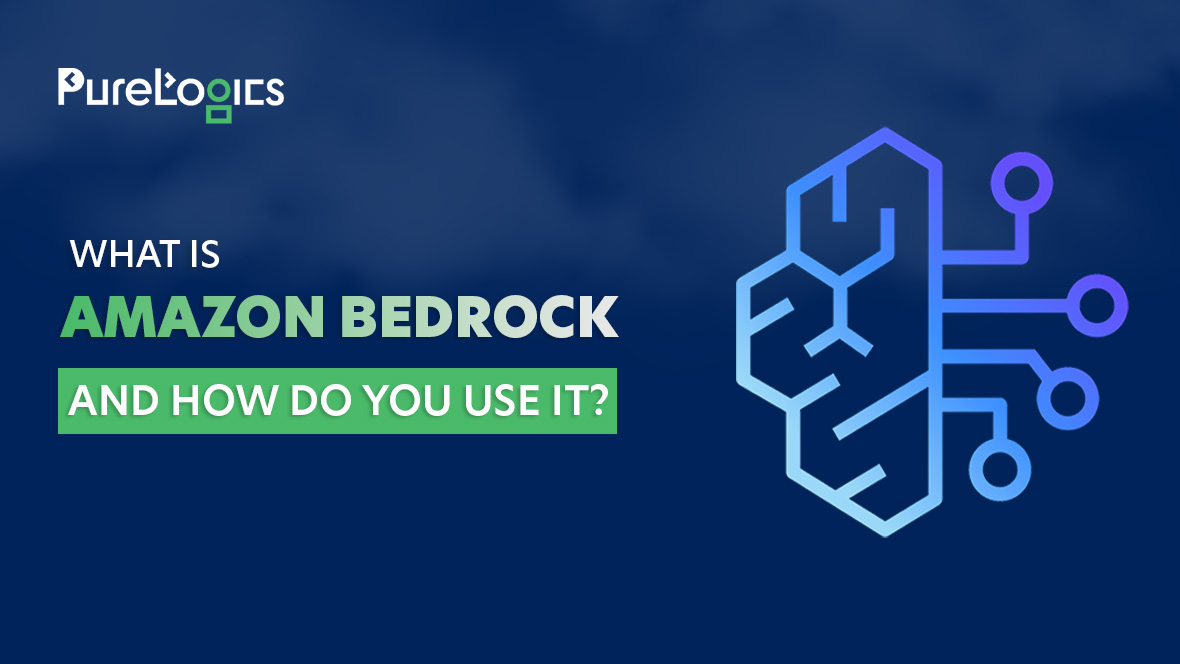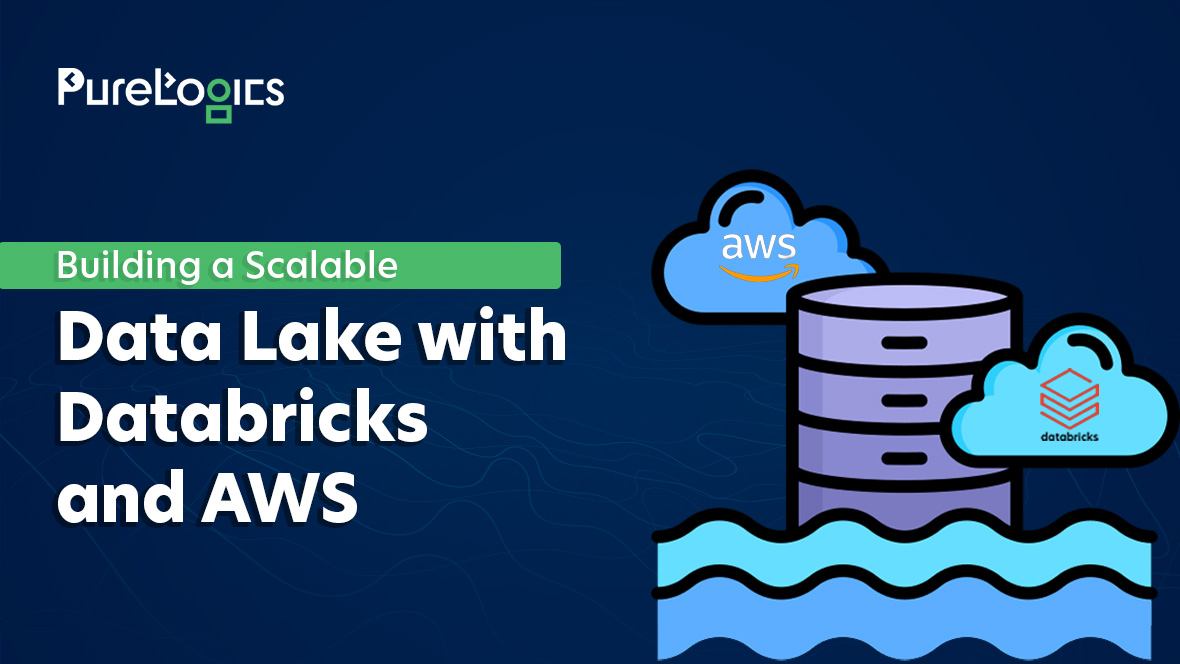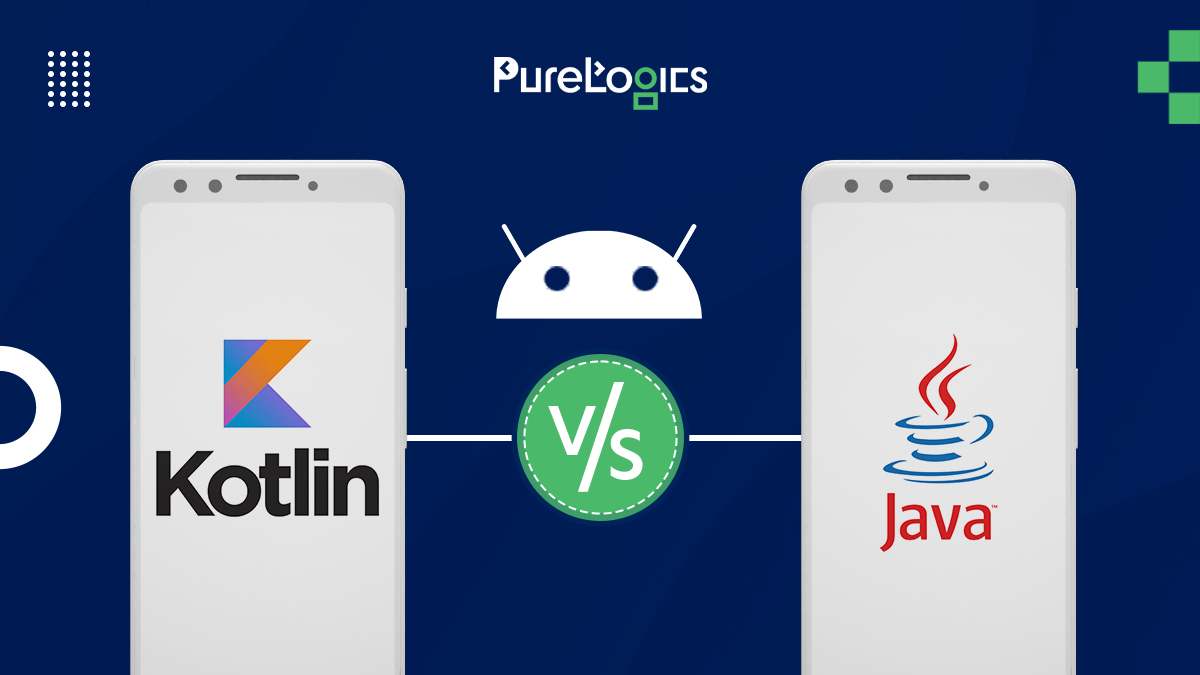Keeping up with technology is no longer optional—it’s essential for businesses striving to stay competitive. As IT services continue to evolve, companies are looking for efficient ways to manage their technology infrastructure without overburdening internal teams.
The two most popular approaches are Managed IT Services and Co-Managed IT Services. While fully managed services take complete control of your IT needs, co-managed services offer a flexible partnership where your internal team works alongside an external provider. But which one is right for you?
Understanding the key differences and benefits of each model is crucial for making the right decision. In this blog, we’ll explore how these IT services work and which one aligns best with your business needs.
What are Managed IT Services?
Managed IT Services involve outsourcing the entirety of your IT operations to a third-party provider, known as a Managed Service Provider (MSP). In this model, the MSP assumes full responsibility for managing and monitoring your IT infrastructure, including:
Network Management: Ensuring reliable and secure network performance.
Data Backup and Recovery: Implementing robust data protection measures.
Cybersecurity: Deploying defenses against emerging threats.
Help Desk Support: Providing user assistance and troubleshooting.
This comprehensive approach allows businesses to focus on core activities while the MSP handles all technological aspects. It’s particularly advantageous for small to medium-sized enterprises lacking extensive in-house IT resources.
What are Co-Managed IT Services?
Co-Managed IT Services offer a collaborative partnership between your internal IT team and an external service provider. Instead of fully outsourcing, this model supplements your existing IT staff, providing additional expertise and resources in areas where they may be lacking.
Co-managed IT services can include:
Specialized Support: Assisting with complex projects or technologies.
Scalability: Expanding IT capabilities during peak periods or special initiatives.
Advanced Security Measures: Enhancing protection against sophisticated cyber threats.
This approach is ideal for organizations with an existing IT department that requires additional support without relinquishing control over their IT environment.
Key Differences between Managed and Co-Managed IT Services
Understanding the distinctions between these two models is crucial for making an informed decision. Below is a comparative overview:
| Aspect | Managed IT Services | Co-Managed IT Services |
| Control | MSP has full control over IT operations | Shared control between internal team and MSP |
| Customization | Standardized solutions provided by MSP | Tailored support addressing specific needs and gaps |
| Cost Structure | Fixed monthly fees offering predictable expenses | Flexible costs based on services utilized |
| Scalability | Suited for businesses without internal IT staff, offering complete scalability | Enhances existing IT capabilities, allowing for dynamic scaling as needed |
| Expertise Access | Access to a broad range of IT specialists and resources | Supplements in-house expertise with specialized skills from the MSP |
Benefits of Managed IT Services
Opting for Managed IT Services can offer several advantages:
Predictable Costs: With a fixed monthly fee, budgeting becomes more straightforward, reducing unexpected expenses.
Comprehensive Support: Businesses gain access to a wide array of IT services and expertise without the need to hire additional staff.
Focus on Core Business: By entrusting IT operations to the MSP, internal resources can concentrate on strategic initiatives and business growth.
This model is particularly beneficial for smaller organizations or those without dedicated IT personnel, as it provides a turnkey solution to manage all technological needs.
Benefits of Co-Managed IT Services
For organizations with existing IT teams, Co-Managed IT Services offer distinct benefits:
Enhanced Collaboration: Internal staff collaborates with external experts, fostering knowledge sharing and improved problem-solving.
Scalable Support: Businesses can adjust the level of external support based on current projects and workloads, ensuring flexibility.
Cost Efficiency: By supplementing rather than replacing internal teams, companies can manage costs effectively, paying only for the additional services required.
This approach allows organizations to maintain control over their IT environment while benefiting from external expertise and resources.
Choosing the Right Model for Your Business
Selecting between Managed and Co-Managed IT Services depends on several factors:
Size of your business: Smaller enterprises may benefit more from Managed IT Services, while larger organizations with established IT teams might find Co-Managed IT Services more advantageous.
Complexity of IT needs: Businesses with intricate IT requirements or regulatory compliance obligations may require the specialized support that Co-Managed IT Services provide.
Budget considerations: Managed IT Services offer predictable, fixed costs, whereas Co-Managed IT Services provide flexibility, with expenses varying based on the services utilized.
Strategic goals: Your organization’s long-term objectives, such as scaling operations or enhancing cybersecurity, should influence the choice between the two models.
| When Your Business Needs Managed IT Services | When Your Business Needs Co-Managed IT Services |
| Lack of in-house IT expertise for full management | Internal team needs external support for specialized tasks |
| High volume of ongoing IT issues requiring constant attention | Your team manages IT but needs help with scalability |
| Need predictable, fixed monthly costs for IT services | Require additional resources without full IT outsourcing |
| Require 24/7 monitoring and immediate IT support | Looking for extra help with advanced security management |
| Focus on minimizing downtime and ensuring system stability | Want to enhance IT but retain internal team involvement |
| No time or resources to train internal staff for complex IT needs | Want flexibility but also need external expertise |
| Rely on technology for core operations requiring proactive maintenance | Your team is growing and needs more IT capabilities |
| Looking for a dedicated IT provider to manage everything | Need collaboration between internal IT and an external partner |
Final Remarks
Both co-managed and managed IT services offer unique benefits, and the right choice for your business depends on your specific needs and budget. If you’re looking for comprehensive support without breaking the bank, co-managed IT services could be a great fit.
Have questions or need guidance on which option is best for your business? Contact us at PureLogics today, and we’ll help you find the perfect IT solution!


 [tta_listen_btn]
[tta_listen_btn]
 May 2 2025
May 2 2025




